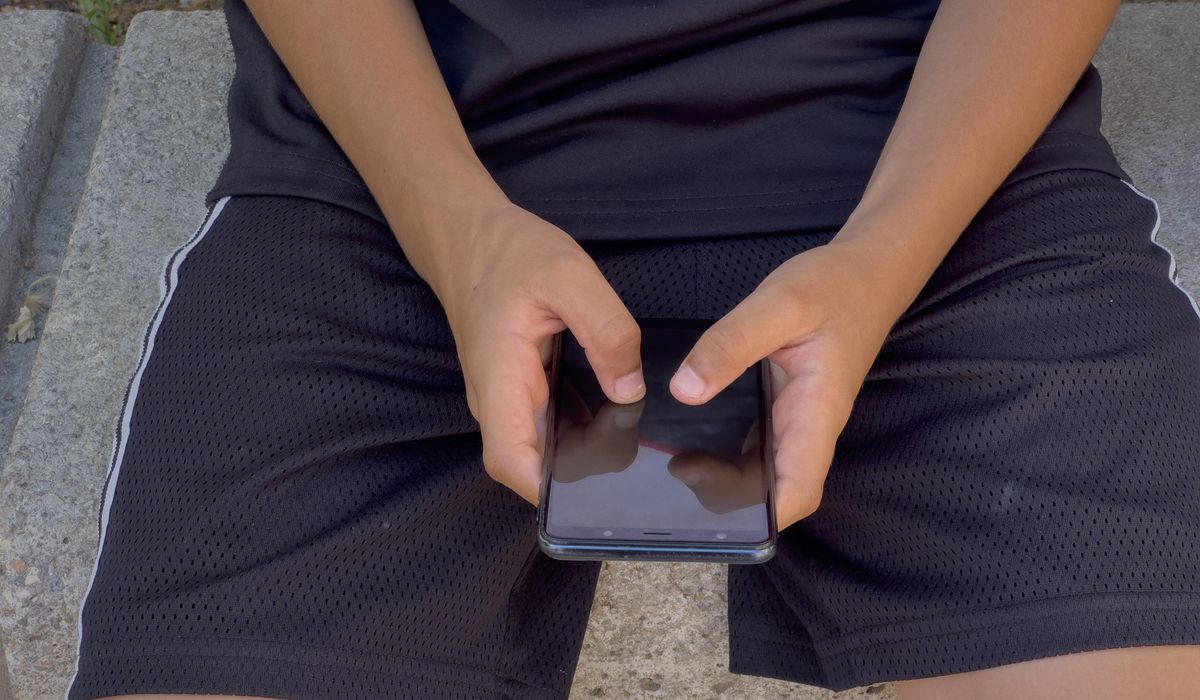


New research shows that adolescents with access to smartphones at school use them more to waste time on social media than for learning.
Published Friday in JAMA Network Open, the study of 11,382 students ages 10 to 17 found they averaged nearly an hour each school day on smartphones. Over 70% of that time was devoted to social media, with TikTok the most popular platform.
Researchers installed the parental monitoring app Aura on students’ phones to analyze more than 600,000 school days throughout the 2024-25 academic year. That makes the study the largest of its kind to rely on objective data, rather than self-reported or anecdotal estimates.
“That matters because it shows phone use during school is common and mostly driven by social media activity, rather than school-related tools or occasional quick checks,” Scott Kollins, lead author of the study and chief medical officer at Aura, said in an email.
Twelve states and hundreds of K-12 public campuses have enacted bell-to-bell bans on smartphones during school hours over the past year, citing their disruptive influence.
New York will become the largest state to enforce such a ban in the upcoming school year, asking students to lock away their phones each morning. Virginia, the first state to move toward a bell-to-bell ban, implemented one in January.
Other states, such as California, have required K-12 schools to develop policies restricting phone use.
Critics of bell-to-bell bans have argued they hurt low-income children who rely on phones as a lifeline. Some support banning phones only during class.
Mr. Kollins, a developmental psychologist, said his study should “move the conversation from assumptions to evidence” as more policymakers ponder restrictions.
“Schools might consider stronger limits to help protect focus, but policies should also include digital education and clear expectations so students learn to manage their use,” he added. “Simply removing phones may not address why kids reach for them in the first place.”
Public opinion has turned sharply against allowing smartphones on campus, as social media apps have developed more addictive algorithms.
The nation’s two largest teachers unions, the National Education Association and American Federation of Teachers, support bell-to-bell bans as educators increasingly notice students distracting themselves with screens.
A growing body of research has linked surging screen use since the pandemic to mental, emotional and physical problems in children.
Such harms range from inattentiveness and emotional outbursts in young children to sleeplessness, anxiety and depression in older teens.
Most recently, adolescent boys have gotten hooked on PolyBuzz, an AI-powered chatbot that sends them sexually suggestive messages late into the night.
Some experts not connected to the Aura study said its findings confirm that the mere presence of smartphones makes students dumber.
“Social media use has been linked to increased anxiety, depression and cyberbullying, all of which are likely to interfere with concentration and learning,” said Caroline Fitzpatrick, a developmental psychologist teaching at the University of Sherbrooke in Canada.
Allison Bonacci, director of education for Cyber Safety Consulting, an Illinois-based company that works with schools to develop technology policies, said the study bolsters early feedback from campuses that have started requiring students to secure phones in pouches each day.
“We have heard firsthand accounts from administrators telling us that students are eating more during lunchtime without the fear of being recorded by another student,” Ms. Bonacci said. “Students also feel more comfortable using the restroom without the threat of being recorded without their consent.”
But Kris Perry, executive director of the nonprofit research network Children and Screens, stressed that the study didn’t analyze school restrictions.
“We need more research examining the effectiveness of these policies and varied implementation strategies for reducing in-school phone use,” Ms. Perry said. “School bans alone won’t counter all the negative impacts of technology and social media that youth may experience.”
The study found that teens ages 14 to 17 spent about twice as much time on smartphones as younger students during the school day — 1.1 hours vs. 48 minutes.
Among all students tracked, 8% used their phones for more than two hours during each school day.
Stewart D. Roberson, a former public middle and high school principal in Fredericksburg, Virginia, said the numbers confirm that smartphones have become a major academic roadblock.
“The study should be seriously reviewed by policymakers, particularly those who are still on the fence about whether smartphone use impedes effective use of instructional time,” said Mr. Roberson, an education professor at the University of Virginia.
• Sean Salai can be reached at ssalai@washingtontimes.com.
